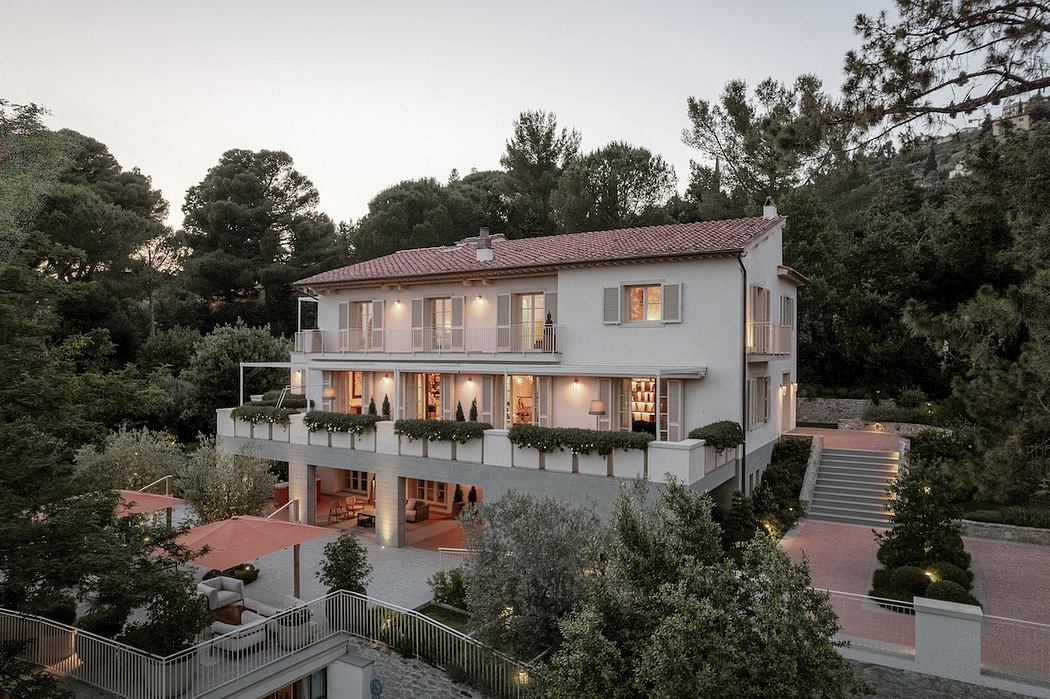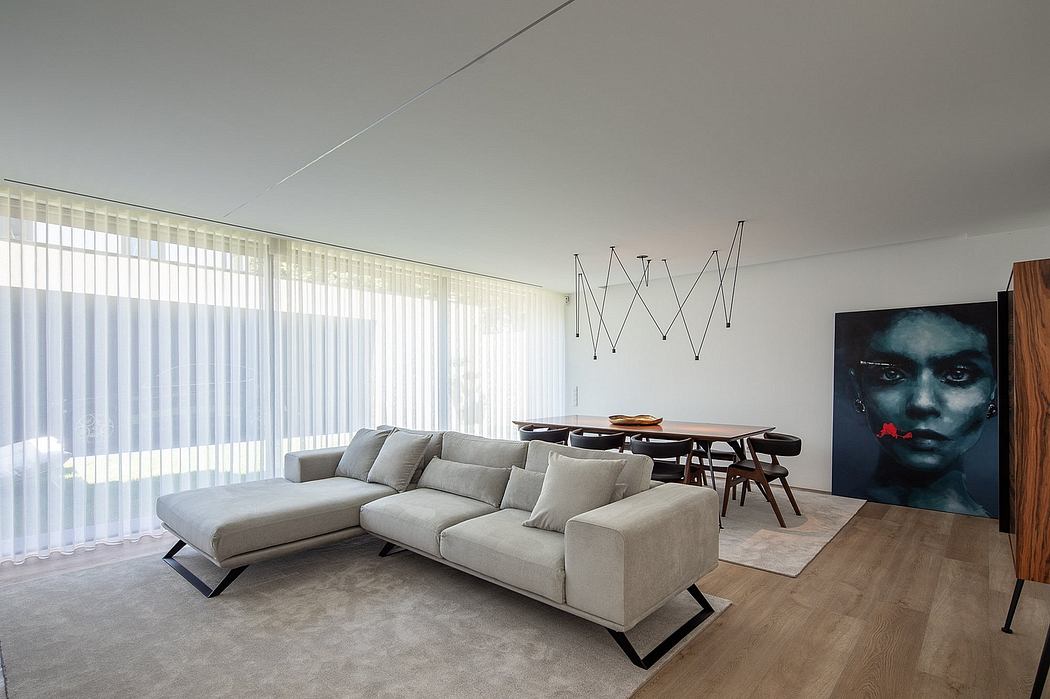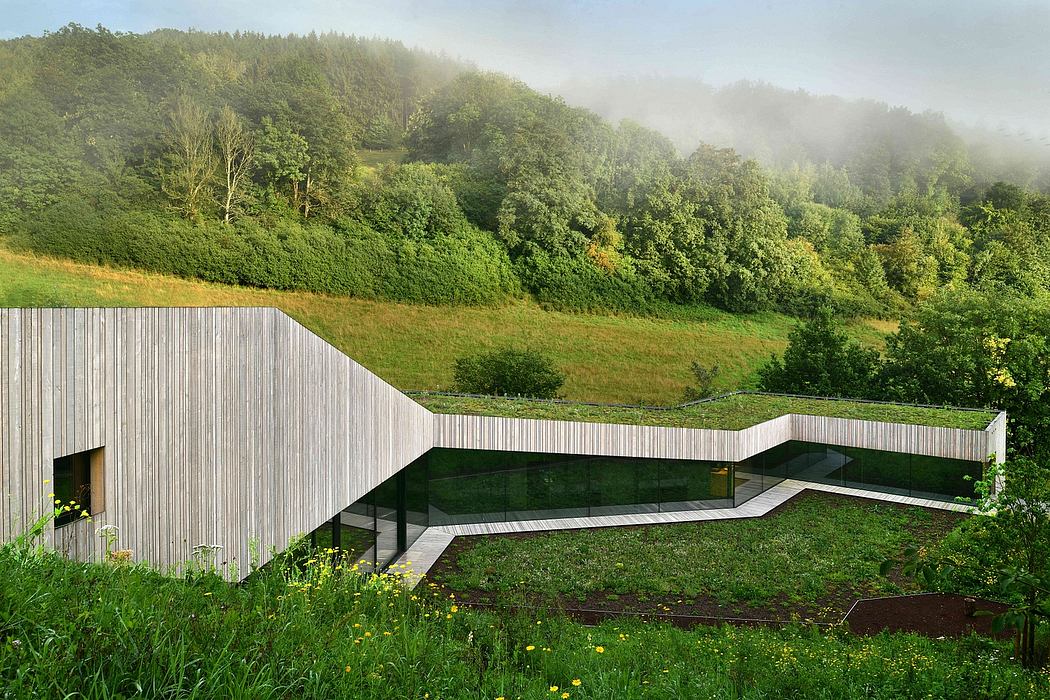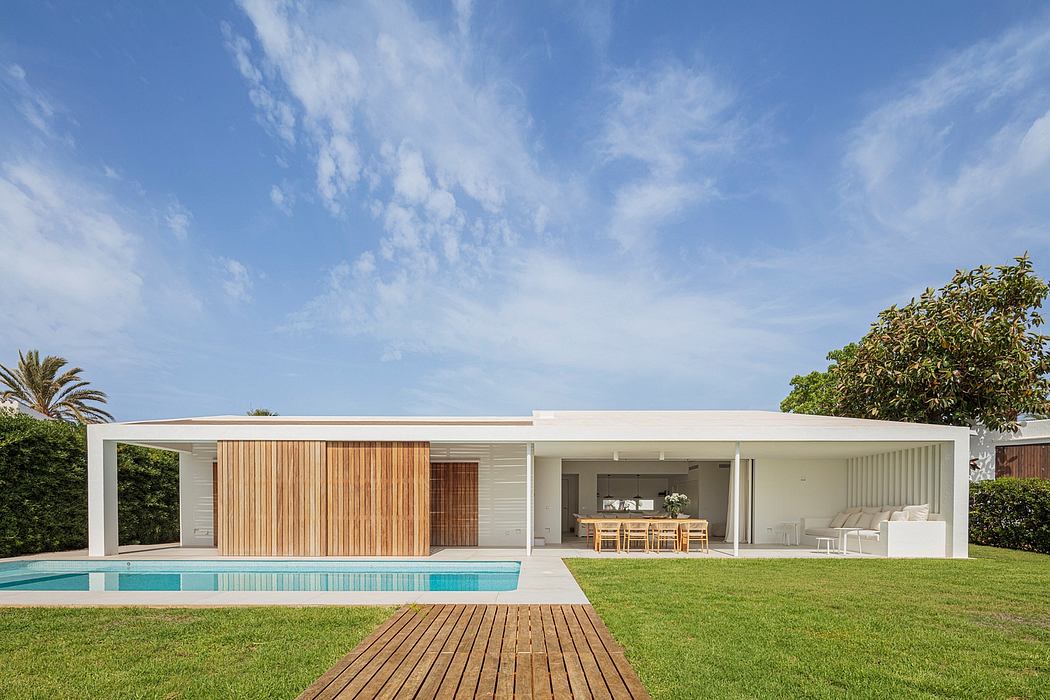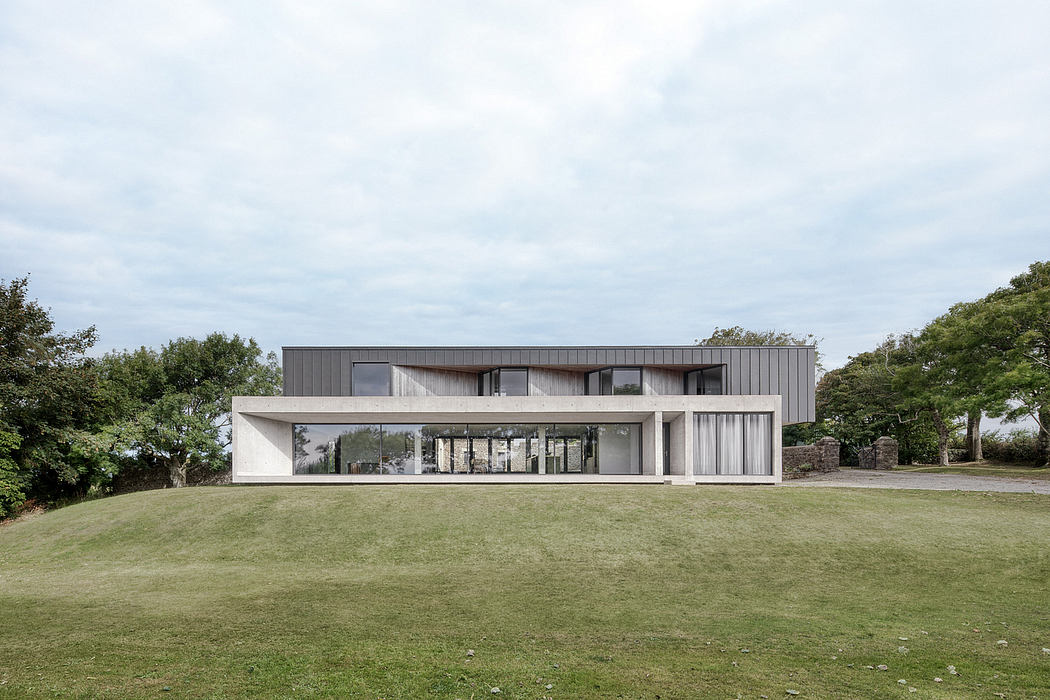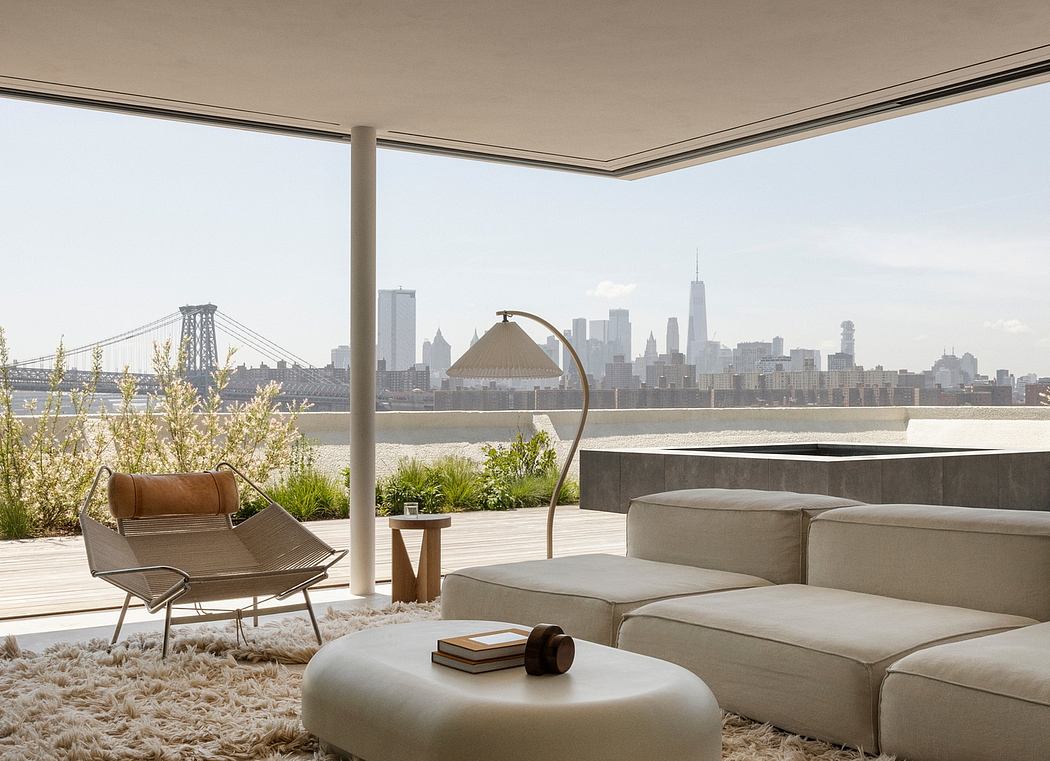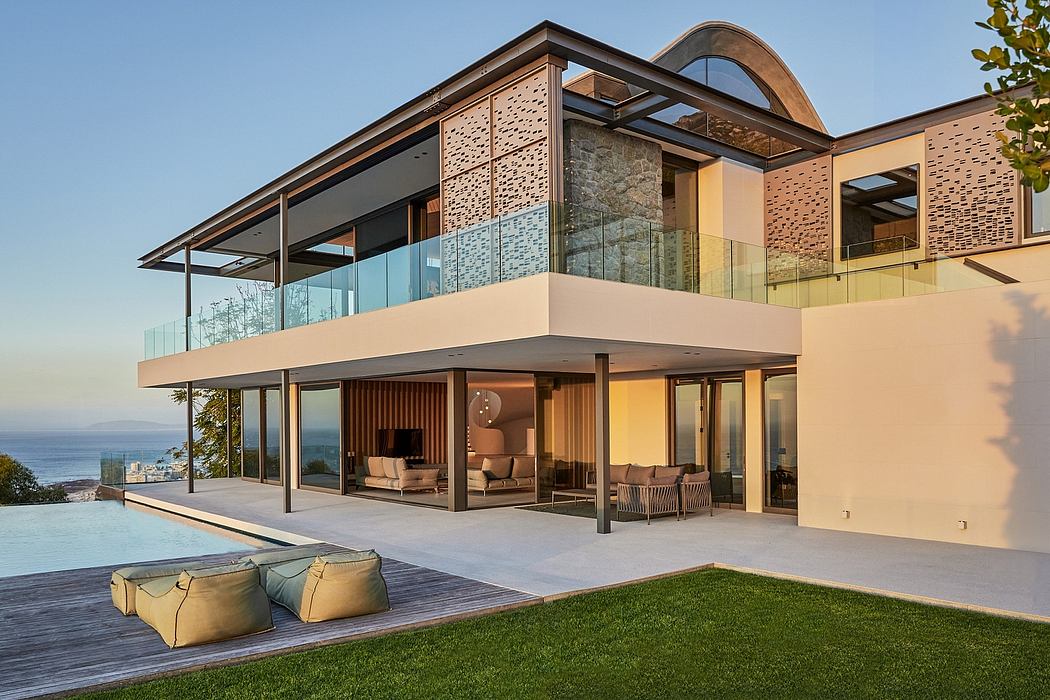Mesmerizing Zigzags: Exploring the Herringbone Pattern in Architecture

Created by a series of angled parallel lines that form a mesmerizing zigzag, the herringbone pattern has withstood the test of time and remains present in diverse design styles. Named after the resemblance to a fish's bones ?a herring, for instance?, this classic V-shaped pattern arranges rectangular blocks in different proportions. With varying block edge length ratios, such as 2:1 or sometimes 3:1, the versatile design adapts to a wide range of uses, dimensions and materials.Â
Herringbone Pattern. Ratios 2:1, 3:1, 6:1. Image © Camila Prieto (ArchDaily)
Created by a series of angled parallel lines that form a mesmerizing zigzag, the herringbone pattern has withstood the test of time and remains present in diverse design styles. Named after the resemblance to a fish's bones ?a herring, for instance?, this classic V-shaped pattern arranges rectangular blocks in different proportions. With varying block edge length ratios, such as 2:1 or sometimes 3:1, the versatile design adapts to a wide range of uses, dimensions and materials. The arrangement of the blocks, even when used in single colors, creates a subtle texture and adds visual interest. While the herringbone arrangement may seem simple at first glance, the strong directional quality of the typically 45-degree angle lines requires a careful design process for a seamless and consistent look. The pattern can be found in walls and floors, from fabrics to wood and tiles. By playing with geometric shapes, it ...
Herringbone Pattern. Ratios 2:1, 3:1, 6:1. Image © Camila Prieto (ArchDaily)
Created by a series of angled parallel lines that form a mesmerizing zigzag, the herringbone pattern has withstood the test of time and remains present in diverse design styles. Named after the resemblance to a fish's bones ?a herring, for instance?, this classic V-shaped pattern arranges rectangular blocks in different proportions. With varying block edge length ratios, such as 2:1 or sometimes 3:1, the versatile design adapts to a wide range of uses, dimensions and materials. The arrangement of the blocks, even when used in single colors, creates a subtle texture and adds visual interest. While the herringbone arrangement may seem simple at first glance, the strong directional quality of the typically 45-degree angle lines requires a careful design process for a seamless and consistent look. The pattern can be found in walls and floors, from fabrics to wood and tiles. By playing with geometric shapes, it ...
| -------------------------------- |
|
|
Villa M by Pierattelli Architetture Modernizes 1950s Florence Estate
31-10-2024 03:55 - (
architecture )
Leça da Palmeira House by Raulino Silva
31-10-2024 03:55 - (
architecture )

